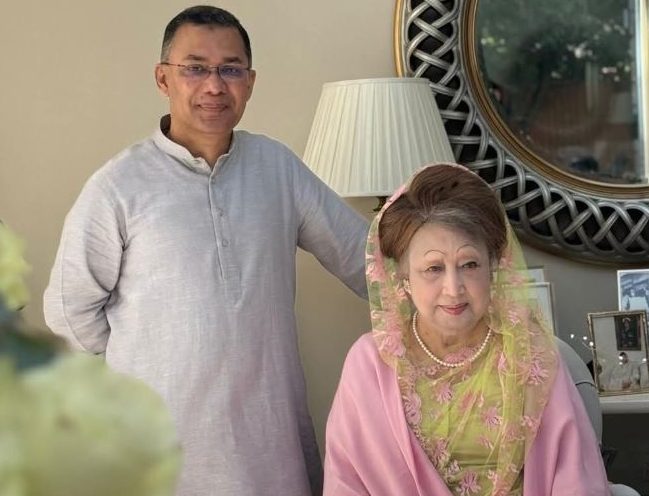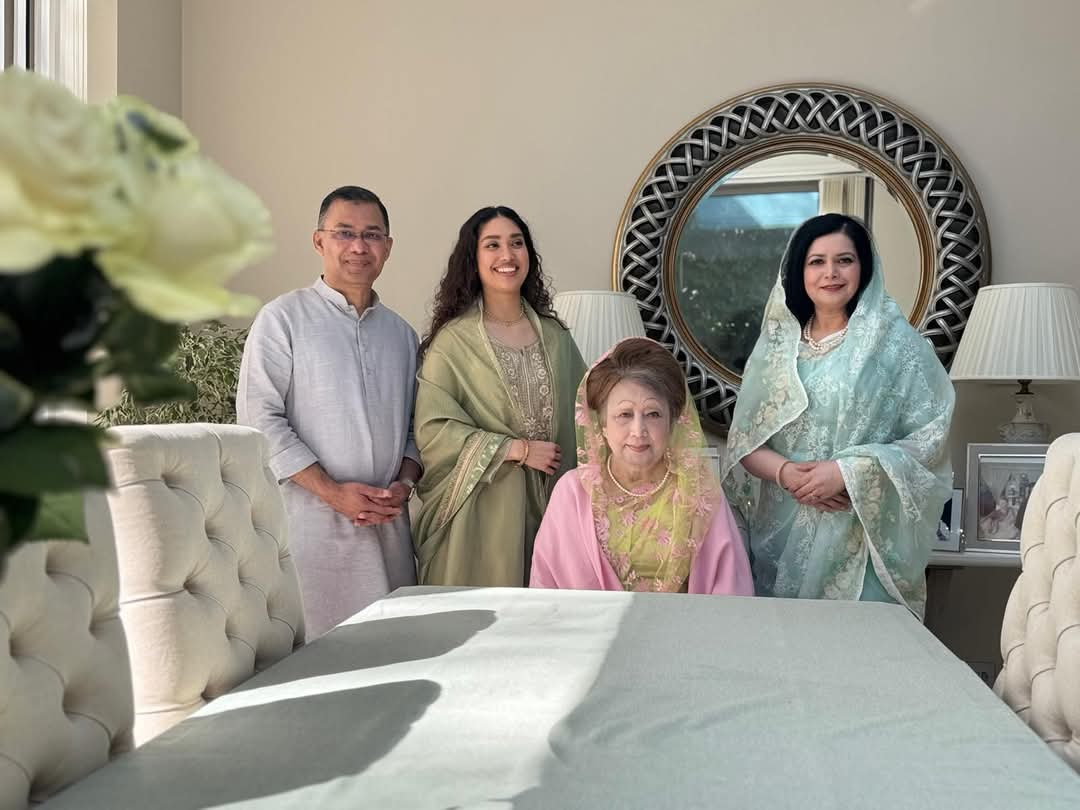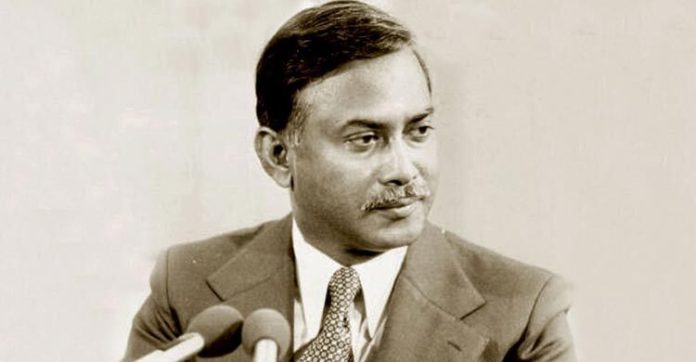We proudly say that among the former British colonies, Bangladesh is the only country that won independence through armed struggle after World War II. This is a fact.
The events and spirit of the Liberation War remain central to our politics and public consciousness. The Liberation War continues to undergo detailed scrutiny, but amid stthe clamour of power politics, considerable distortion of history has taken place.
Whether we acknowledge it or not, whether we admit to hearing it or pretend otherwise—Major Ziaur Rahman was the one who declared independence.
A declaration that everyone heard—first on his own, and later on behalf of the political leadership.
It was he who first rose against the brutal aggression of the Pakistani occupying forces, saying: “We revolt.” Thus, it was he who launched the Liberation War. In that war, Major Zia is seen as the frontline figure. Those who were absent from the moment do not appear in the mirror of public memory.
Zia’s declaration and the practical initiation of resistance by him marked the beginning of the full-fledged war. For this reason, Zia remains in the public’s memory as the most luminous personality of the Liberation War. At the time, he was the senior-most Bengali officer in the East Bengal Regiment. His call to arms inspired the entire regiment to join the battle.
A researcher of the Liberation War once told me: on March 27, when Zia mentioned Sheikh Mujibur Rahman, Pakistan’s rightful soon-to-be Prime Minister, in his declaration, the Pakistanis were compelled to publish Sheikh Mujib’s photograph in newspapers—something they had avoided until then. That mention forced them to prove Mujib was with them.
The Liberation War against the occupying Pakistani forces is a tale of death-defying victory.

As sector commander and leader of the Z-Force, Zia remained constantly active on the battlefield. His fellow fighters have written about his courage. Among the enemy, Zia’s name evoked terror. In retaliation for his declaration and wartime leadership, the Pakistani army imprisoned Zia’s family. On the other hand, the top political family was housed as Pakistan’s “guests.”
The pride of Bangladesh’s people—our national spirit—has long resisted foreign domination: from the 1757 Battle of Plassey, the 1857 Sepoy Revolt involving Bengal Lancers, Zia’s 1965 leadership at the Battle of Khemkaran, to the all-out war for independence in 1971. Through these waves of struggle and retreat, our historical narrative has emerged—with Zia at its center.
In the uncertainty of 1971, the nation first heard his voice: “I, Major Zia, declare the independence of Bangladesh.” No one else could do it, which is why he rose above his contemporaries.
Our national poet Kazi Nazrul Islam seemed to have envisioned such a figure when he wrote:
“A helpless nation is drowning; they do not know how to swim.
O helmsman! Let us see your pledge to liberate the mother.”
But did Zia vanish after declaring independence?
No. After about five and a half years, he returned amidst a swirl of national crisis. And this time, he began building a modern state. At the same time, he founded the Bangladesh Nationalist Party (BNP) to convey his political thoughts and vision. He was not vindictive or authoritarian. His politics showed an inclusive, accommodating mentality. This allowed people from far-left to far-right to join his party, bringing with them new ideas.
That legacy is still visible in our society. Many who once opposed him later joined the BNP and accepted Zia as their leader—politicians, intellectuals, activists alike. This illustrates the depth of Zia’s influence.

Remember—amidst the sounds of bullets and grenades, Zia emerged as a leader and swiftly stabilised the state. Against one-party rule, he introduced Bangladeshi nationalism. Replacing socialist economics, he established a mixed economy. Instead of autocracy, he offered multi-party democracy. The BNP was formed with Bangladeshi nationalism as its core ideology.
From then on, Bangladesh began transforming into a constitutional, modern state under a conscious and visionary leader. From 1965 to now, the name Ziaur Rahman continues to resonate in the nation’s collective memory.
To explain Zia as a timeless freedom fighter is to understand that he cannot merely be viewed as a President or head of state. He came to the forefront when society was plunged in darkness—when religious freedom was stifled, the economy shattered, education disrupted, and political life endangered. Zia stepped onto the stage of national leadership at that moment.
Between 1972 and 1975, fascism took root in Bangladesh under the slogan borrowed from Nazism: “One leader, one nation.” That phrase echoed Hitler’s Nazi party.
Remember what Indian literary great Annada Shankar Roy noted in 1996: “Fascism and Nazism have been defeated, but some still remain enamoured with them. They wish to revive or reinvent it. Fascism is a creed whose political arm was the constitution itself.”
(Translated from Facebook post of the writer)


